If you were Black living in Tulsa 100 years ago, chances are you lived in Greenwood. That’s because when Oklahoma became a state in 1907, segregation was the law of the land, leading to more than two dozen all-Black towns in the state.
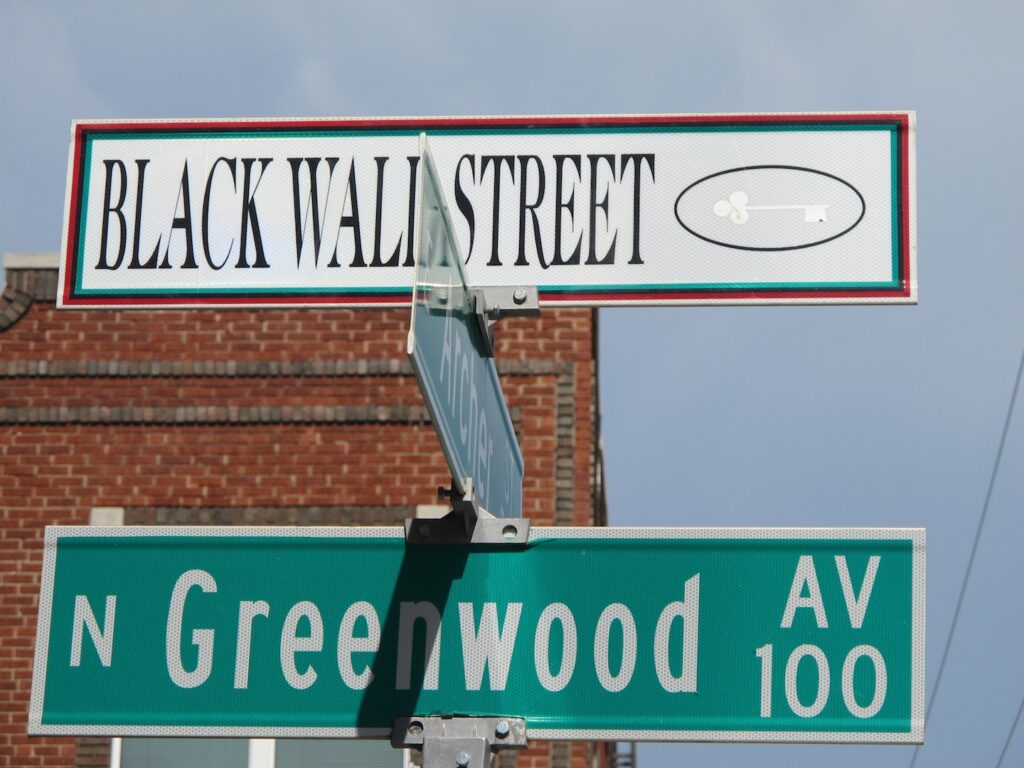
But Greenwood was the most prosperous, with about 11,000 Blacks and all the businesses and enterprises necessary to make Greenwood a self-contained community. It had two newspapers, two movie houses, more than a dozen grocery stores, four drug stores, two public schools, and 13 churches, as well as night clubs, restaurants, hotels, rooming houses, beauty parlors, flower shops, banks, billiard parlors, auto repair shops, a library and offices for doctors, dentists, lawyers, and entrepreneurs. It became known as Black Wall Street, a mecca where Blacks could feel safe and raise their families.
But all that changed on May 31, 1921, after a Black teenager was accused of assaulting a white teenager in an elevator. An angry white mob gathered at the courthouse with the intent of a lynching, drawing Blacks wishing to prevent it. Although a major confrontation was avoided, as many as 10,000 white people descended on Greenwood that night and the next day to loot, kill and set fire to everything in sight.
It’s hard to imagine the terror that must have gripped the hearts of residents fleeing before the advancing white mob armed with guns and cans of oil, except to compare it to those suffering in a state of war. Circling planes dropped incendiary bombs. A machine gun picked off people fleeing for their lives. If your name was A.C. Jackson, you came out of your house with your arms raised, hoping to head off disaster. Instead, you were shot to death, despite being called “the most able Negro surgeon in America” by a founder of Mayo Clinic.
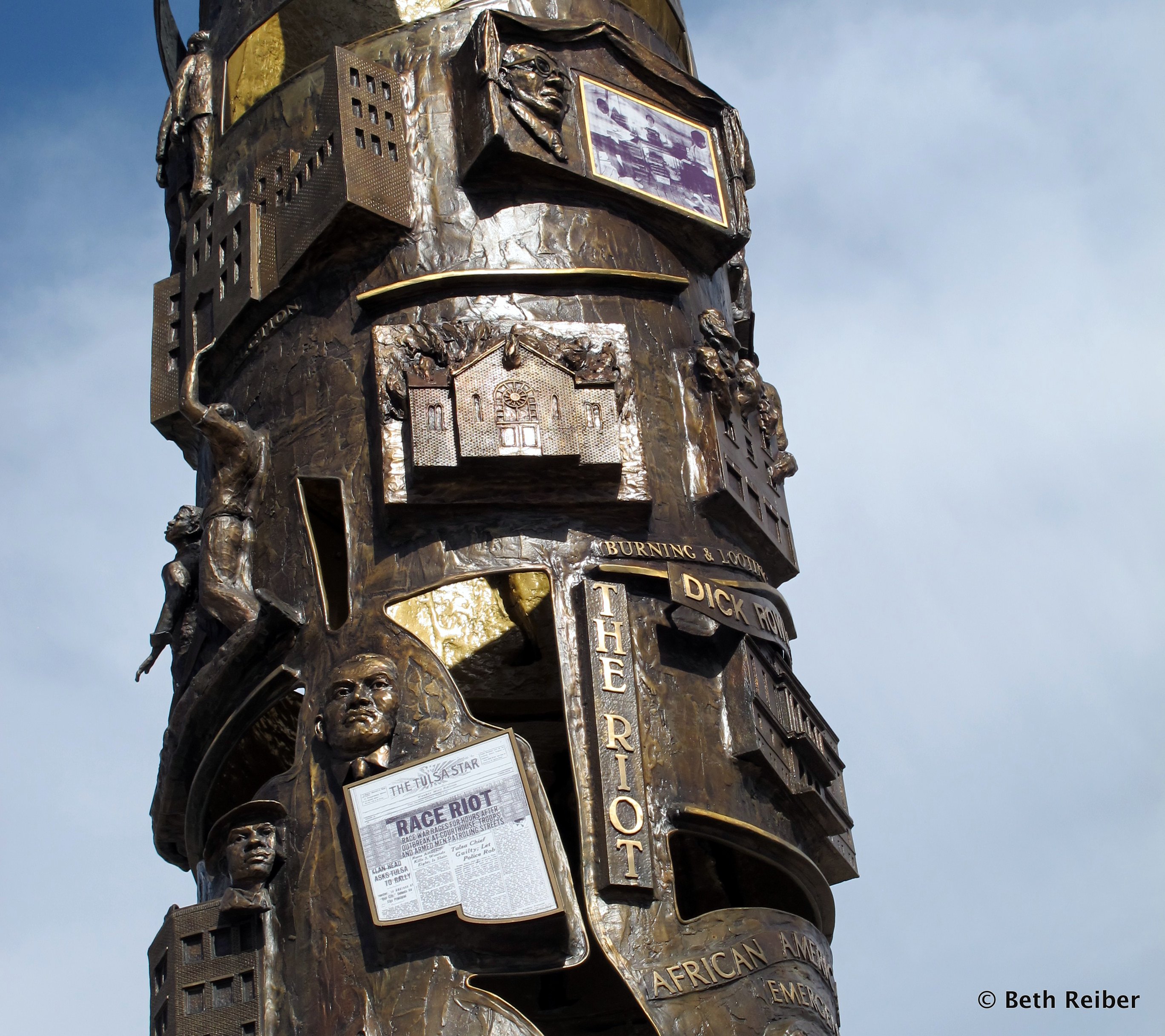
When the smoke cleared, 35 square blocks of Greenwood were smoldering ruins, leaving almost all of the community’s Black residents homeless. Insurance companies refused to pay for any losses, making all the material wealth that was lost that day permanent. As many as 300 Blacks lost their lives, but because bodies were quickly dumped into mass graves, no one knows the exact count. No one was ever charged with a crime.
After a while, no one talked about it. The massacre wasn’t taught in schools, even in Tulsa. The horrific event faded from public memory.
Finally, that is changing with the 100-year centennial of what is now called the Tulsa Race Massacre, centered on May 31 and June 1. PBS, CNN, National Geographic and other networks are running documentaries, while memorials and museums in Greenwood are educating visitors.
You can read more about Greenwood’s prosperity as America’s Black Wall Street, the Tulsa Race Massacre, and museums and memorials in my article: Greenwood Rising: Tulsa’s Black Wall St. Memorial published in gonomad.com.
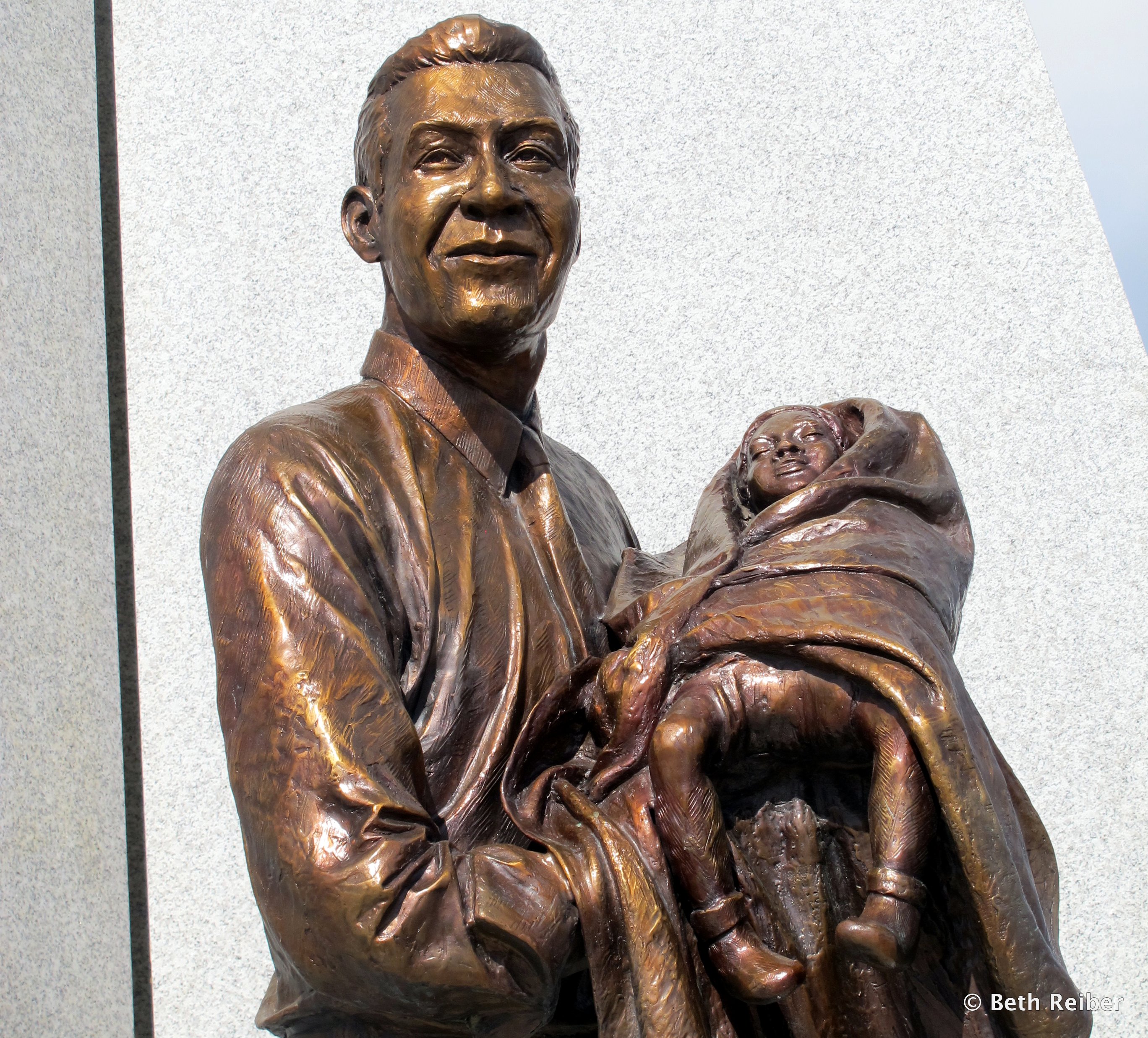
For more on Oklahoma, see my article “Oklahoma: Oil Magnates and Mansions.” I describe another massacre, this one in my hometown: Lawrence, Kansas, The World’s Most Famous Abolitionist Town.
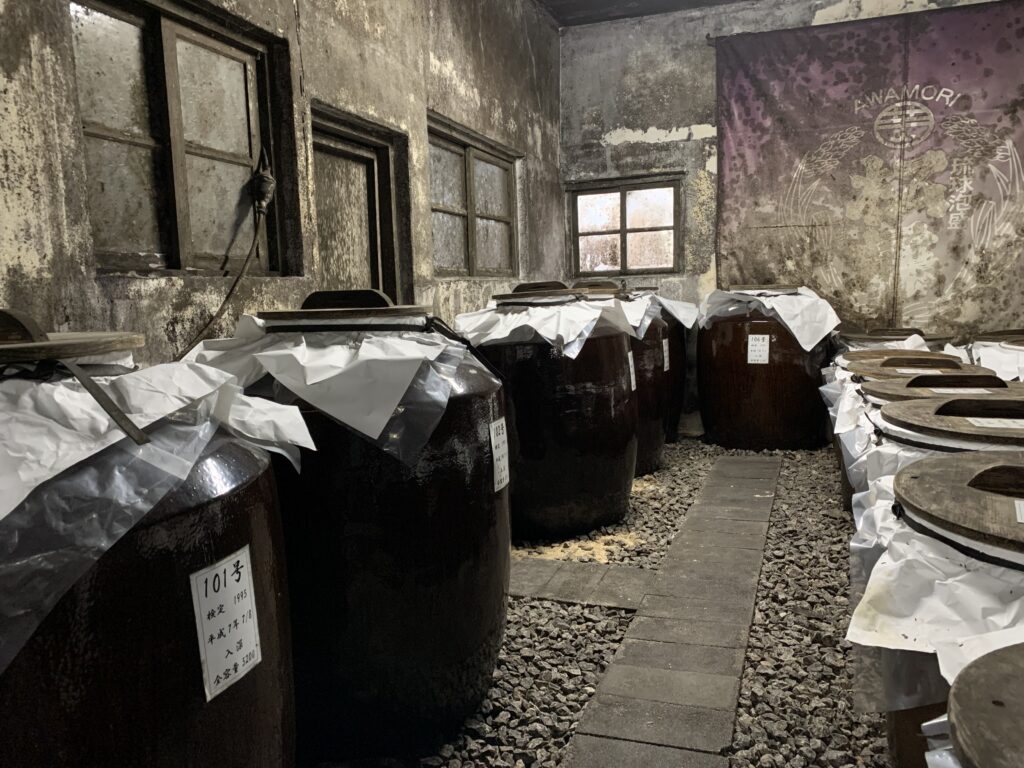
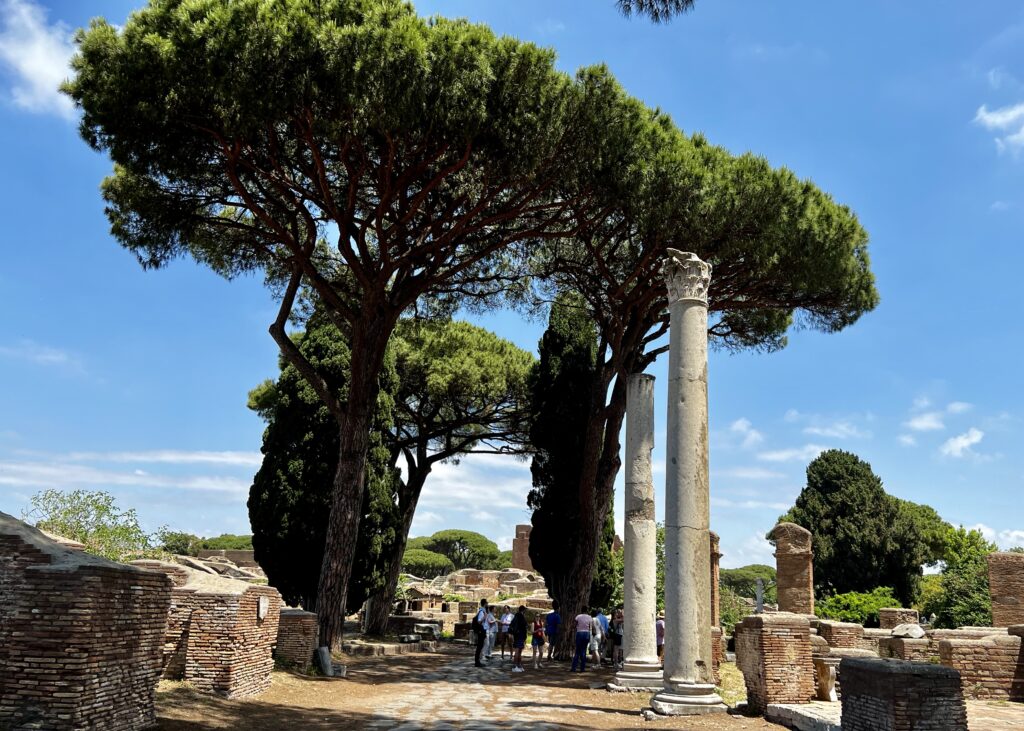

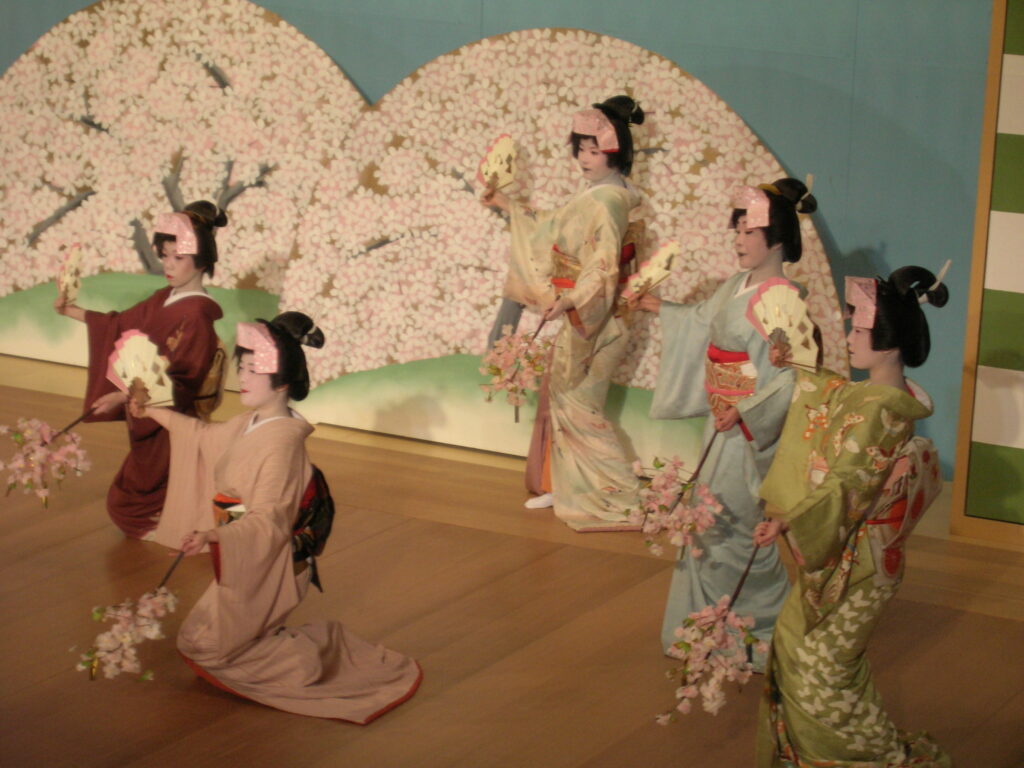
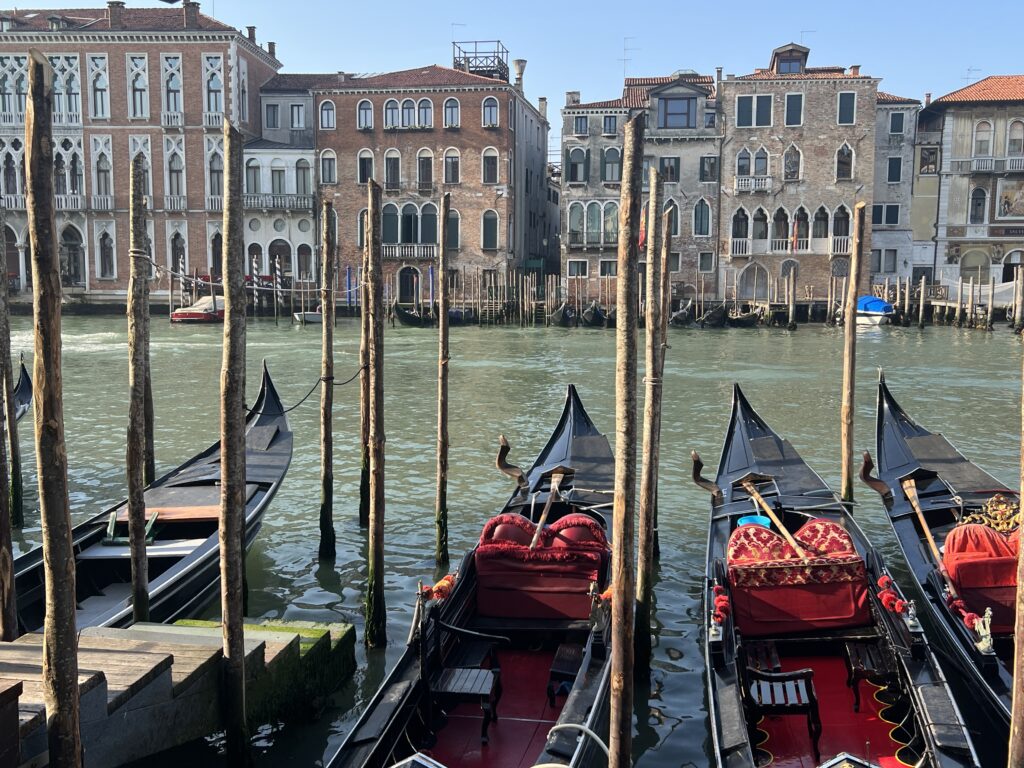
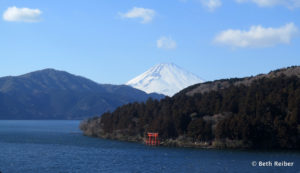
Really good writing… so straight. direct.